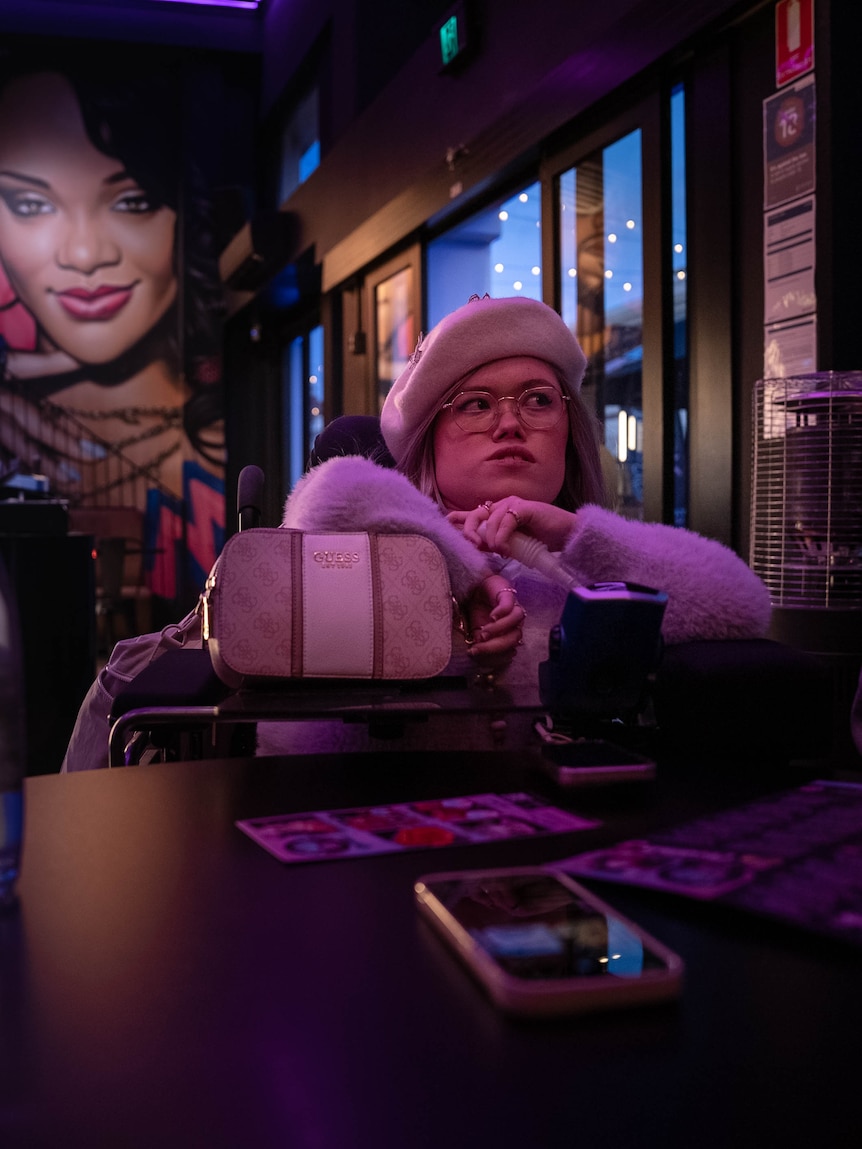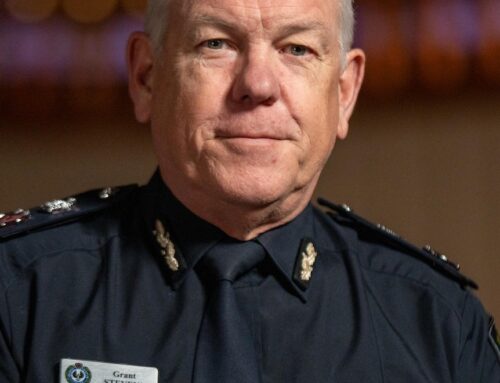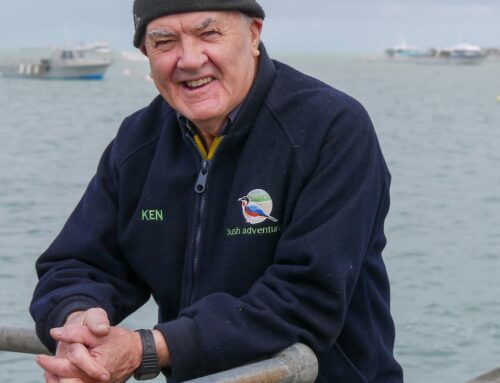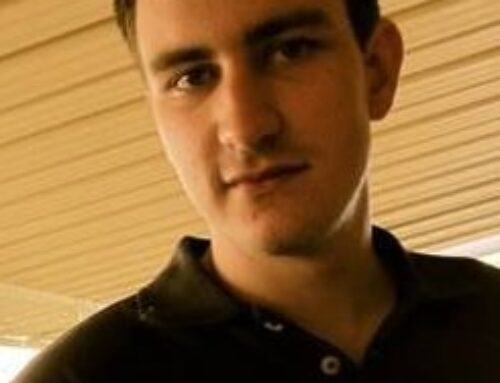It’s Friday afternoon and Alessa Dumbrill is planning a night out in the city, but it can be a long process.
“You have to plan a lot, so lots of googling,” the 21-year-old anthropology student says.
“If it’s a day trip, it could be two, three hours ringing up places, making sure everything’s suitable: terrain, doorways, entrances, just the venue itself being spacious enough.”
A night out takes a lot of planning when you live with disability. (ABC: Cale Matthews)
Alessa lives with muscular dystrophy, a degenerative condition, and she uses a wheelchair.
“For my 21st birthday, I was trying to plan a fun night out. I wanted to do karaoke and, at that time, there were no karaoke bars accessible in Adelaide, so I spent maybe two or three weeks researching it to end up with nothing,” she says.
“It made me feel quite disappointed as it’s not that complicated.”
Alessa enjoys going to venues with karaoke. (ABC: Cale Matthews)
Alessa has lived in Adelaide her whole life but hasn’t been able to experience much of its nightlife.
“I’m a night owl, so I like to try new restaurants, bars, quiz nights, just anything, really,” she says.
Of the 72 bars and nightclubs within the Adelaide CBD that are listed on Google, 60 per cent of them are not wheelchair accessible or do not have that information freely available.
Alessa with support worker Bethany Feuerherdt experience their first obstacle outside a venue. (ABC: Cale Matthews)
Alessa says sometimes online information is not correct.
“Some places say they’re accessible [but] you get there and it’s just this little corner away from all the action, just a table on its own out of the way while everything else for all the other patrons is where all the vibey action is,” she says.
“It makes me feel a bit isolated and unable to get involved.”
Lily Durkin, who works on the disability inclusion training project at the Julia Farr Association Purple Orange, says when you’re in your 20s you want to be able to go out.
“I want nothing more than to go out with my mates and not have to think about access,” she says.
“You shouldn’t have to think about that as a young person when you’re just trying to have a good time, have a few drinks, have a little boogie.
“You don’t want to think about whether you’re going to be able to use the bathroom or have to go home.”
Lily Durkin works on disability inclusion at JFA Purple Orange, based in Unley. (ABC: Cale Matthews)
Lily’s also a disabled woman and says access goes beyond the entry to the front door.
“For people in the autistic community or people with sensory needs, are the lights dimmable? Is the music able to be changed? Do you have the option of a hand dryer but also have hand towels for people with sensory needs?” she says.
“I also need to think about the bar itself, whether I’m going to have quite an anxiety-inducing time because I am short-statured.
“A lot of the time people don’t see that I’m there … I’ve waited half an hour to just get a drink.”
‘We have to do better’, says minister
In South Australia, where Alessa and Lily live, the state government introduced a four-year disability inclusion plan in 2019.
Part of the plan was to introduce universal design across the state that ensured built environments and public spaces were accessible to everyone.
SA’s Minister for Human Services, Nat Cook, says changing existing buildings is difficult.
SA Minister for Human Services, Nat Cook. (ABC: Cale Matthews)
“Ideally, all buildings would be accessible and usable and safe for all people with disability [but] there are challenges with the legacy buildings that we have,” she says.
“We have to do better for the future.”
Major changes to make existing venues accessible, such as installing lifts, can be costly but Lily says there are solutions.
“We want to go out now — not in the future,” she says.
“We would love to see government grants to support businesses to build a ramp or some subsidies for inclusion training.
“20 per cent of the population live with a disability, so that’s 20 per cent of the population that you could have as your patrons by just having your accessibility on your website or on your socials.
“The disability community is so tight-knit, and if we find a venue that is truly inclusive and accessible, we will tell everybody, and there will be lines out your door.”
Alessa on a night out. (ABC: Cale Matthews)
App holds promise
In 2022, as part of its disability inclusion plan, the SA government launched an app called Pavely that rates venues on their accessibility and can be a way to discover new places to visit.
“What I would love to see is effective allyship by everybody going and downloading that app,” Lily says.
“And when they’re out and about at a bar or a club, if they see that the venue’s not too accessible, they can note that on the app. Or if it’s a great accessible venue, they can pop that on the app and let everybody know.”
Restaurants and bars are urged to update their websites and socials to make it easier to plan nights out. (ABC: Sam Mckenzie)
Lily and Alessa say small actions like this and conversations about accessibility help to remove some of the stress and frustration of planning a night out.
“It’s taking the burden away from that young person and making it more of a collective, societal thing that you can tackle together by creating that more inclusive bar, restaurant, club, whatever it may be,” Lily says.
“And the world would be a much better place because of it.”




